
BNSF Railway ES44C4 No. 8338 works at the lead of a freight train. The locomotive’s C4 trucks have only two powered axles in the three-axle trucks arranged in a powered-unpowered-powered arrangement known as A-1-A. Tom Danneman Question: What is the purpose of the A-1-A C4 truck on the BNSF Railway Evolution Series diesels, and how […]
Read More…
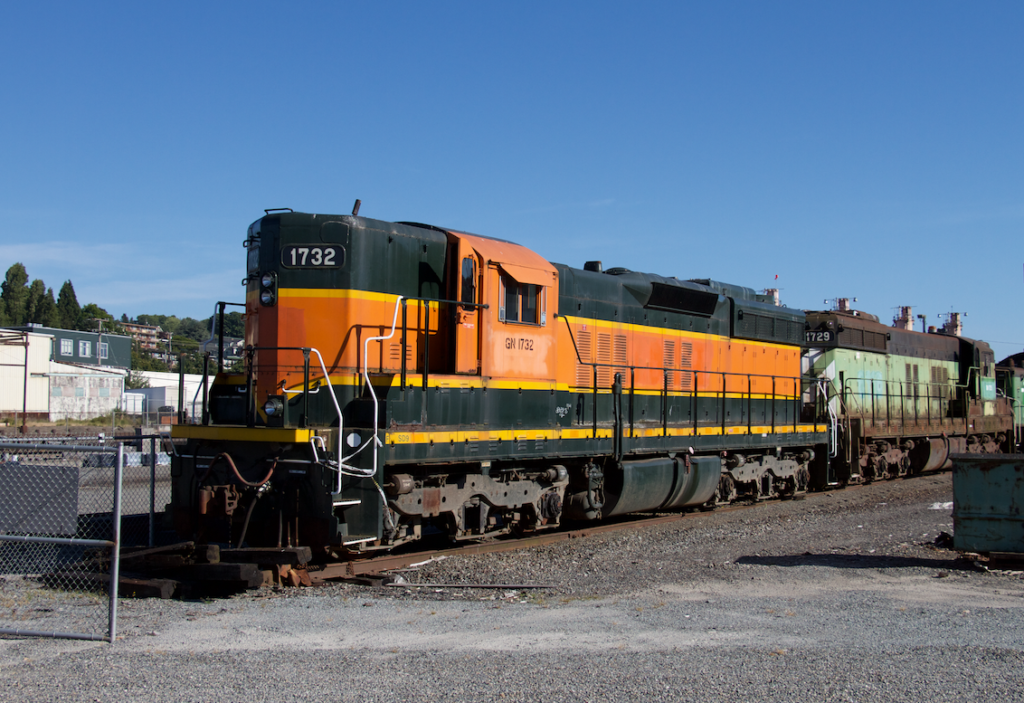
What appears to be an Omaha Orange and Pullman Green Great Northern Railway EMD SD9 in 2017 actually is a BNSF Railway unit that had been built in 1959 for Chicago, Burlintgon & Quincy subsidiary Colorado & Southern. For several years, BNSF has assigned Great Northern “GN” reporting marks to some older diesels generally assigned […]
Read More…
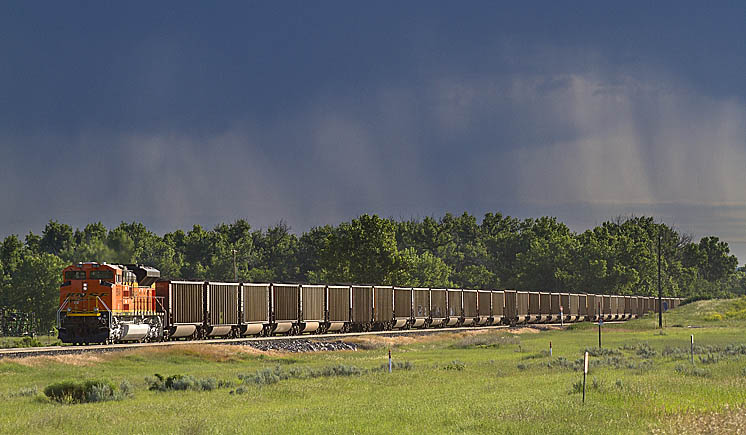
BNSF Railway distributed power pushes an eastbound empty coal train at Hathaway, Mont., in June 2014. Tom Danneman Q In two recent issues, Trains stated that distributed power helps maintain trainline air for brakes. How can this be without giving up lead unit control of the brakes? – Jay Noyes, Lowell, Ind. A In distributed […]
Read More…
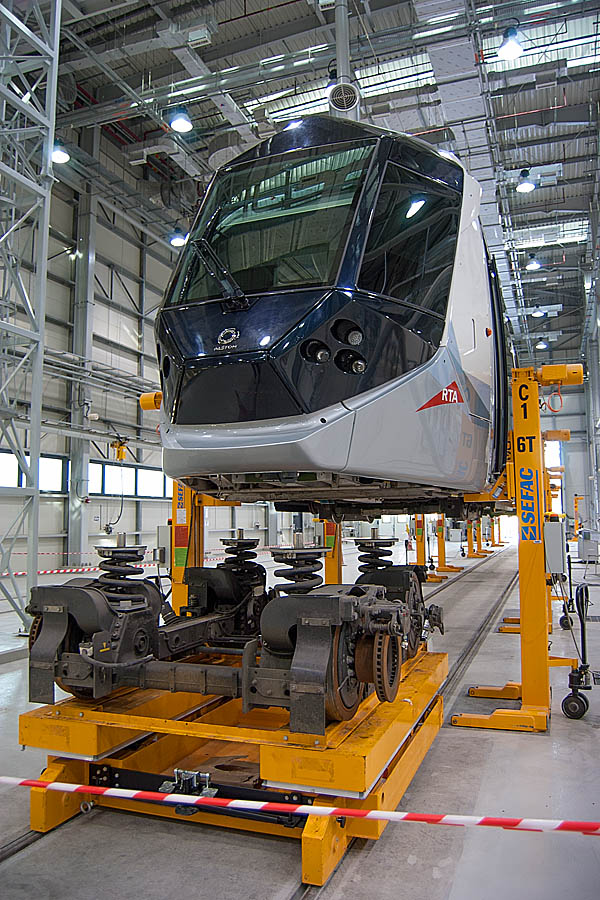
A low-floor Alstom Citadis light rail vehicle for United Arab Emirates has minimal truck components so it remains closer to the street. Steve Sweeney Q In the August 2015 issue of Trains, the article on Alstom light rail mentioned continuous low floors as a design feature. How does Alstom make this work? – Jack Munro, […]
Read More…
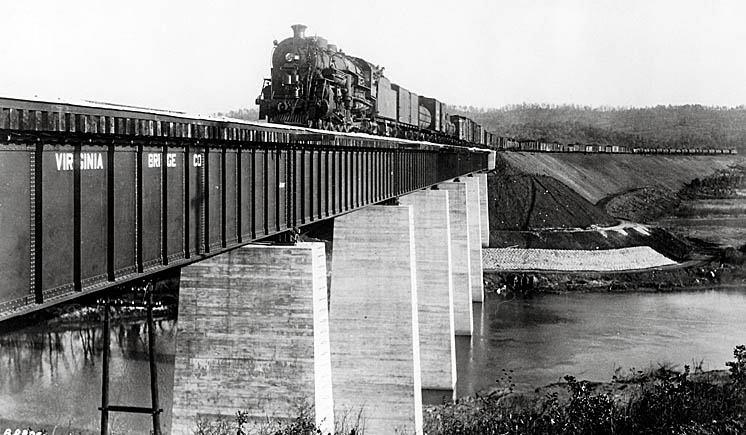
A Nashville, Chattanooga & St. Louis train crosses the Etowah River, soon to be Lake Allatoona, in December 1944. CSX Transportation now operates the line. Trains collection Q Which issue of Trains featured the article about a line relocation on the Western & Atlantic, an early Louisville & Nashville predecessor, at Lake Allatoona, near Cartersville, […]
Read More…
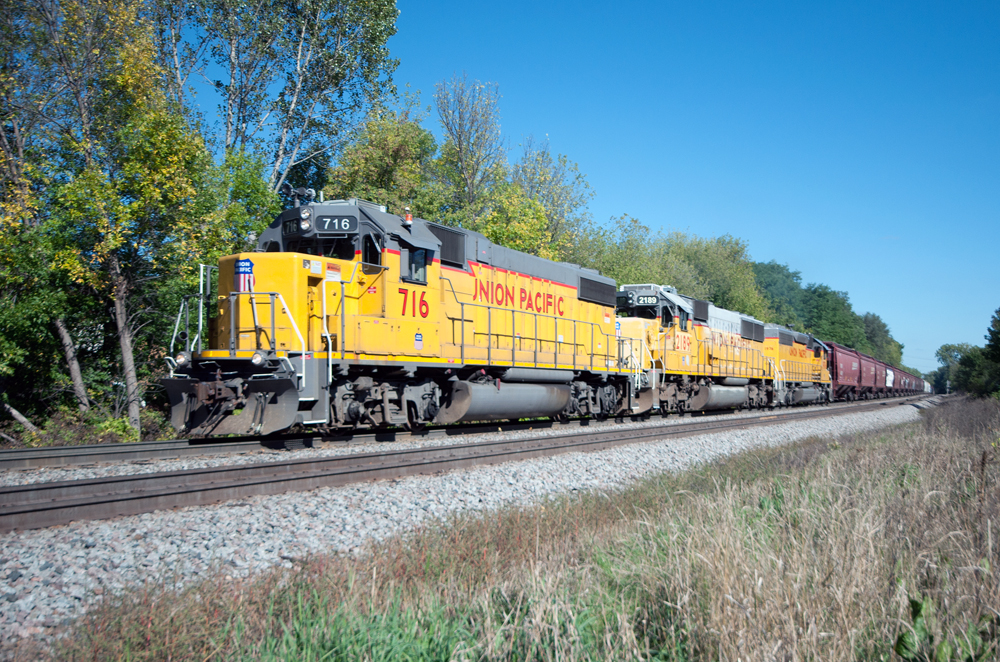
A Union Pacific local train passes through suburban areas near Minneapolis-St. Paul, Minn., in October 2017. TRAINS: Steve Sweeney Question: How do trains crews earn their money? — Lee Martens, Rifle, Colo. Answer: In short, it is complicated. There are differences between how most Class I railroaders are paid and their short line colleagues — […]
Read More…
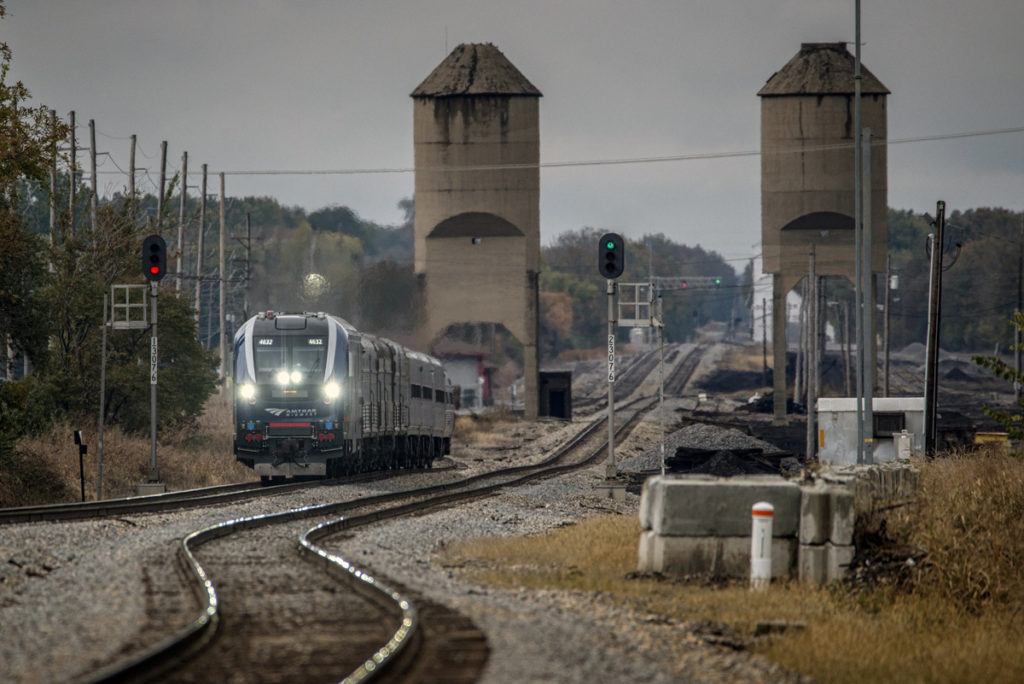
Siemens Charger SC-44 No. 4632 leads Amtrak train 391, the southbound Saluki from Chicago to Carbondale, Ill., on the Canadian National Centrailia Subdivision, after passing the coaling towers that were built for the then Illinois Central Railroad in 1949. 18302-27 Jim Pearson Question: What effect, if any, will the implementation of Precision Scheduled Railroading by […]
Read More…
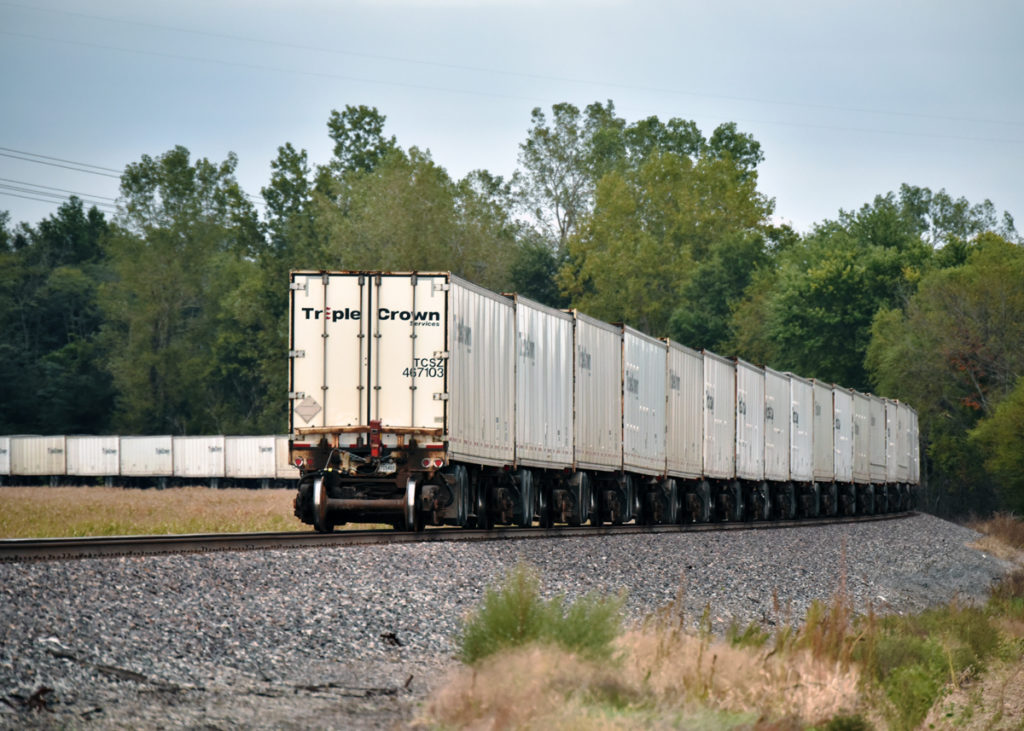
A Triple Crown trailer train heads westbound out of Huntington, Ind., in September 2015. 15273-21 Randy Olson Question: I occasionally see Triple Crown semi-trailer trains on a route that runs near Decatur, Ill. Since these trailers are attached directly to one another and are not on flatcars, how are the frames of these trailers reinforced […]
Read More…
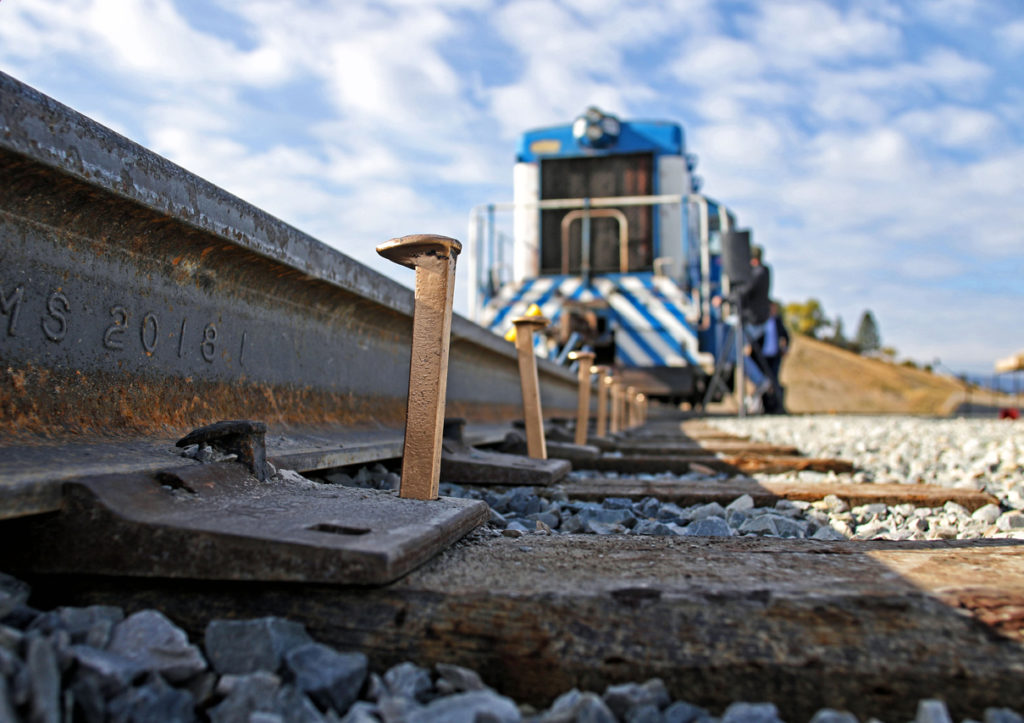
Golden spikes are popular, and have long been used as symbols of completing an important railroad construction project. In October 2018, officials drove multiple gold-colored track spikes into a new industrial park track in Kalispell, Mont. Important as they are as symbols, the spikes in this ceremony were not intended to function as standard railroad […]
Read More…
Back in 1869, the Central Pacific and Union Pacific Railroad worked tirelessly under brutal conditions to drive the last spike, The Golden Spike, at Promontory Summit, Utah Territory, to complete the Transcontinental Railroad. Products could now be manufactured in the east and delivered to the west in under two weeks, benefiting the United States economy, […]
Read More…
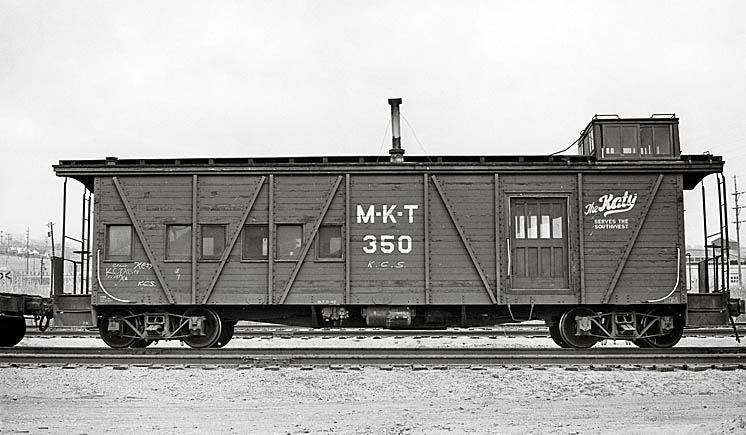
Missouri-Kansas-Texas drovers’ caboose No. 350 shows off the car’s extra length. The cars could accommodate extra riders overseeing livestock shipments. Harold Schupp Q Where, in the train’s consist, were drovers’ cabooses placed? Were they at the rear with the regular caboose, or somewhere in the train’s consist near the stock cars? Were they used only […]
Read More…
Back in 1869, the Central Pacific and Union Pacific Railroad worked tirelessly under brutal conditions to drive the last spike, The Golden Spike, at Promontory Summit, Utah Territory, to complete the Transcontinental Railroad. Products could now be manufactured in the east and delivered to the west in under two weeks, benefiting the United States economy, […]
Read More…










